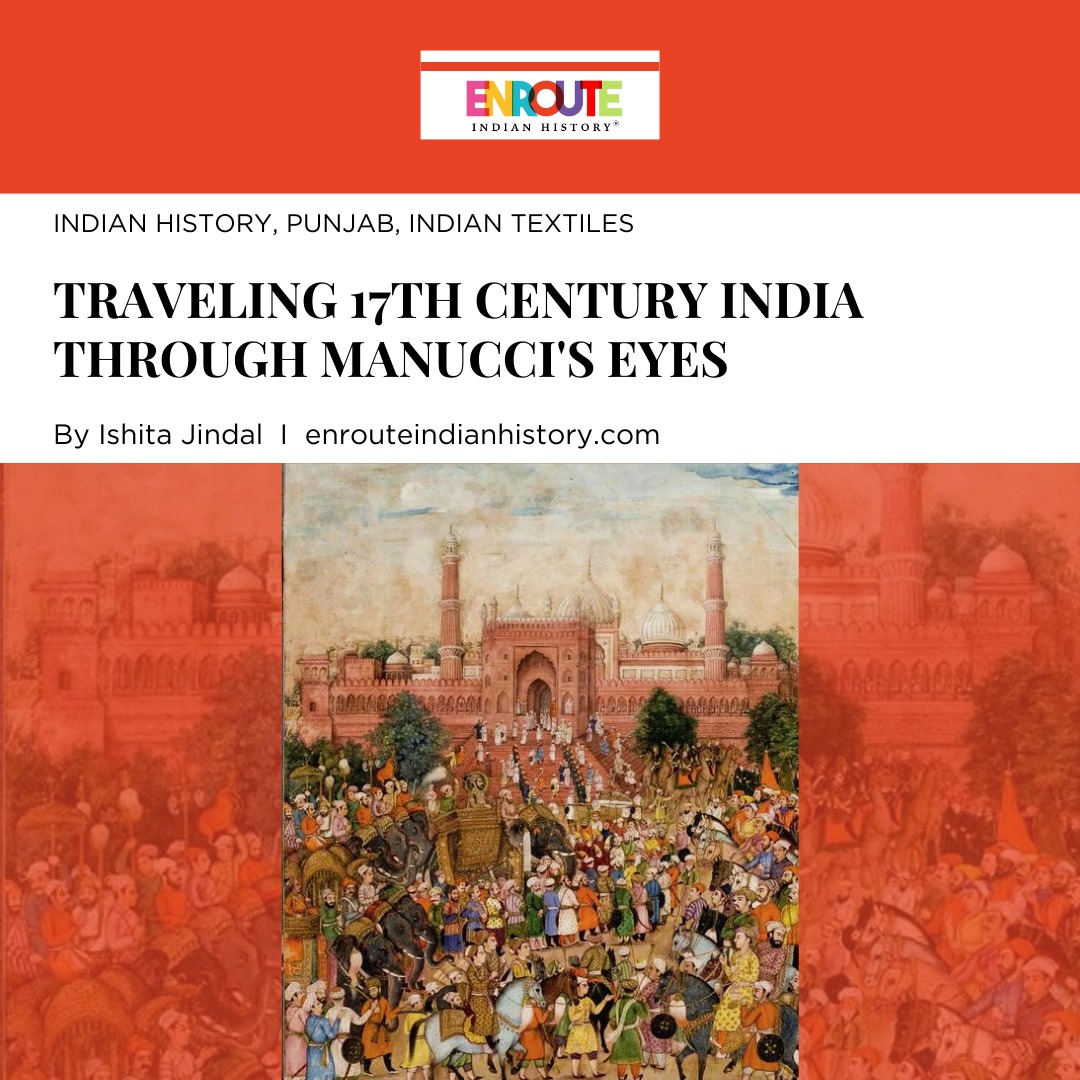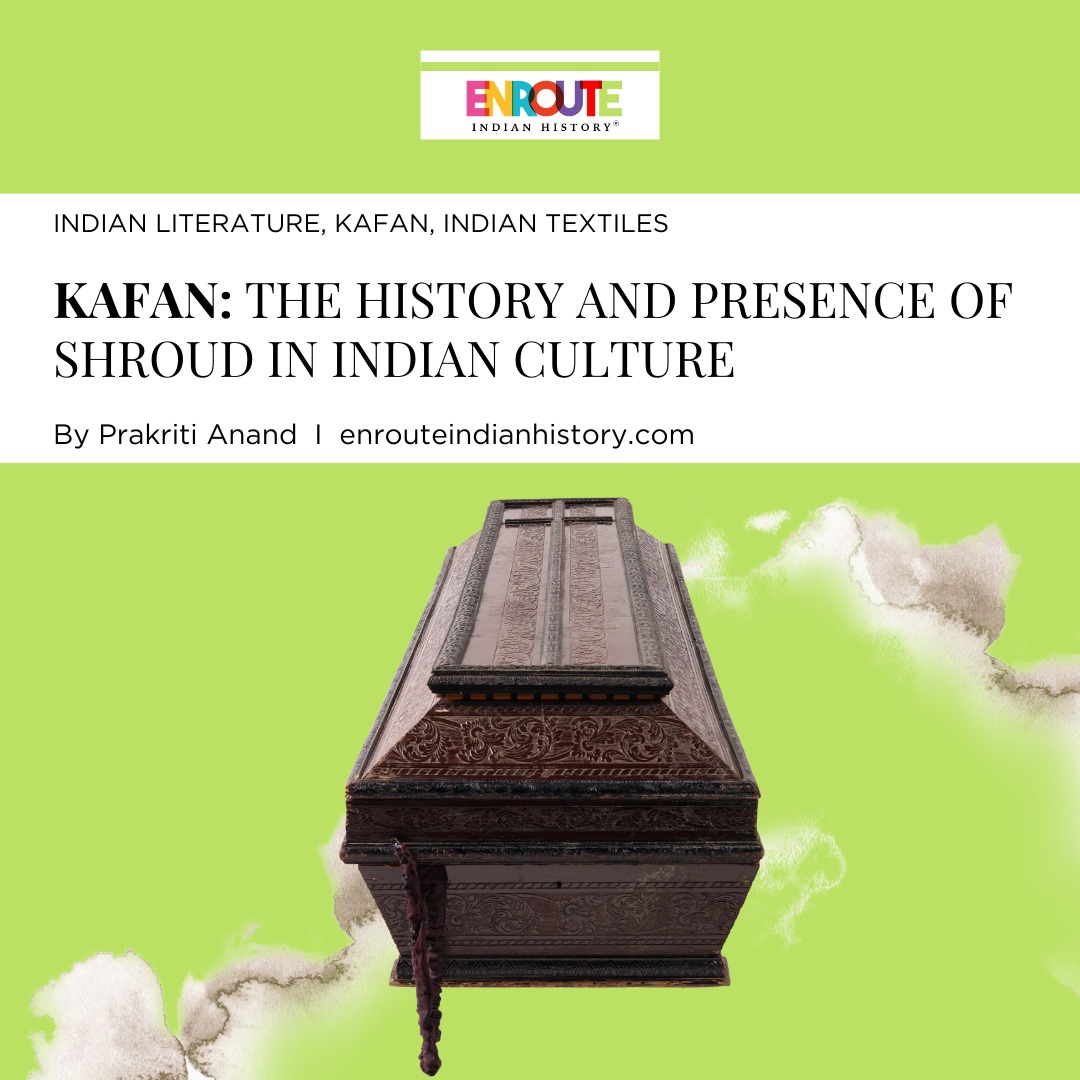
Water, the life-giving elixir of our planet, has long held a profound sway over human emotions and artistic expressions. Its fluidity, versatility, and elemental significance have been a wellspring of inspiration for artists, poets, and musicians throughout history. In the realm of music, water’s influence is both unmistakable and enchanting, weaving its way through compositions, themes, and even instruments to create a sonic tapestry.
The jaltarang, also known as jal-tarang, jal-yantra, jalatarangam, or jalatharangam, is an Indian melodic percussion instrument. It is composed of a series of ceramic, metal, or wooden bowls that are tuned using water. To play this instrument, beaters, often made of wood or metal, are used, with one held in each hand. The term “jal tarang” translates to “waves in water,” signifying the manipulation of sound through the use of water. Among wave-based instruments, it stands out as one of the most prominent and ancient. This traditional instrument is an integral part of Indian classical music.

Sur Sadhna
The earliest reference to the jal tarang can be traced back to Vātsyāyana’s Kamasutra, a 3rd-century CE text, where it is described as a method of producing music by playing on glass containers filled with water. This instrument holds a place among the 64 Arts and Sciences traditionally studied. The medieval musical treatise of Sangeet Parijaat has classified this instrument under Ghan-Vadya, i.e. an idiophonic instrument in which sound is produced by striking a surface, also called “concussion idiophones”. The Sangeet Saar (manuscript on classical Indian music and dance) considered one with 22 cups to be the complete Jalatarangam, and one with 15 cups to be of mediocre status.Sangeet Saar also mentions that if the player can rotate the water through a quick touch of the stick, he/she can achieve nuances and finer variations of the note.
Wooden water drums can be crafted in two primary methods: one involves carving out the inside of a small section of a softwood log, creating a hollowed chamber, while the other method entails assembling cedar slats, forming a structure similar to that of a wooden keg. Clay drums, on the other hand, can either be handcrafted or repurposed from an old crock.
In the case of Iroquoian or Wendat/Wyandot drums, the drumstick is meticulously carved from a piece of hardwood, featuring a small rounded tip for striking the drum’s surface. Each type of drum has its distinct technique for tightening the drumhead to optimize the sound quality. It is crucial for the drumhead to be both taut and thoroughly saturated with water to achieve the best results in terms of sound production.
Poets following the Krishna cult have often celebrated the enchanting Jalatarangam in their literary works. Today, contemporary Carnatic music performers strive to produce the intricate Gamak, characterized by rapid meend or the spanning of 2-3 notes in a deliberate, forceful, and oscillatory manner, despite the challenges of maintaining accurate sounds and control.
Notably, the legendary George Harrison showcased his prowess with the Jalatarangam on the title track of his 1982 album ‘Gone Troppo.’ In India, artists like Seethalakshmi Doraiswamy, Shashikala Dani, and Nemani Somayajulu have made significant contributions to the world of Jalatarangam playing. Among the prominent Jalatarangam virtuosos is Kottayam TS Ajith Kumar, hailing from Kerala, who has displayed remarkable dedication to this instrument. His passion has led to innovative approaches that blend melody and laya, the tempo or speed of a musical piece, thereby introducing a fresh style of Jalatarangam performance.

Sugnandani (2017)
The inherently faster tempo of southern music seems to complement the kinetics of the jalatarangam more effectively than its placement in the northern music tradition. This is because Carnatic music is known for its embellishments, which this instrument can skillfully reproduce, albeit not in the oscillatory and ornamented ‘gamaka’ style that is essential to the Carnatic idiom. In contrast, Hindustani music from the northern region is typically slower-paced and relies heavily on long slides known as “meend,” a feature that the jal tarang cannot replicate due to its physical limitations, as it cannot sustain the chimes for extended periods.
What adds an intriguing visual dimension to a jalatarangam performance is the musician’s frequent adjustments to the water levels in the bowls. The performer must alter the quantity of liquid, particularly after completing a piece in one melody type or raga since the next composition may require a different water level. It is not uncommon to observe the musician adjusting the water levels even during a performance, especially during the alap(anam) section, if they sense any technical imperfections in their presentation. This constant interaction with the water levels adds a unique aspect to the performance, as the musician strives to achieve the perfect resonance and tonal quality for each piece.
Water is also indirectly involved with music and the invention of various genres of music as well. Many Indian folk songs revolve around the timeless motif of women embarking on the journey to fetch water from a well. These songs, often accompanied by dance, provide a unique narrative through which these women express their sentiments. Amidst the rhythmic steps and melodies, they candidly lament the laborious task of drawing water, subtly allude to their relationships within the family, and share their apprehensions about encountering men as they venture outside their homes. It’s not uncommon to hear references to their delicate wrists, a symbol that highlights the physical strain of their daily toil and perhaps symbolizes their vulnerability and resilience in the face of societal norms and expectations. These songs not only reflect the daily lives of women but also offer a glimpse into the rich tapestry of their emotions, aspirations, and the complex dynamics of their world.
“Panihari music” refers to a genre of folk music from Rajasthan, India. The term “Panihari” essentially means “water carrier” or “women who fetch water,” and this genre of music often revolves around the experiences and daily lives of women who go to collect water from wells or other water sources in the arid desert region of Rajasthan. Panihari music typically features women singing and sometimes dancing as they perform their chores, drawing water and carrying it back to their homes. These songs often have a rhythmic and melodious quality and are accompanied by traditional instruments like dholak (a hand drum) and harmonium. The lyrics of Panihari music often reflect the women’s experiences, emotions, and challenges they face in their everyday lives, including themes of love, longing, and the struggles of rural life in Rajasthan.

Panihari music
Similarly other folk songs such as “Lotia” songs sung during the ‘Lotia’ festival which falls in the Chaitra month of the Hindu calendar. Women bring lotas filled with water on their foreheads while singing this song. Similarly, Kajri music is mostly by women during the rainy season while dancing in a semicircle with accompanying instruments like Sitar, Sarod, Veena, Bansuri, Santoor, and other percussion instruments.
In traditional Indian music, Ragas or melodies are an integral part. Each Raga has its own origin story and mythical and cultural story attached to it. Raga Malhar is a group of ragas associated with the monsoon season and rainfall. These ragas are performed during the rainy season to evoke the mood and atmosphere of the rains. Raga Malhar compositions often include lyrics that describe the beauty of rain-soaked landscapes and the emotions they arouse. There are several subtypes of Raga Malhar, each with its own unique melodic structure and mood. For example, Megh Malhar is associated with thunderstorms and dramatic rain, while Miyan Ki Malhar has a more peaceful and meditative quality. Here as well, though connected with rain the aspect of water is present.

Megha Mallar Raga, Folio from a Ragamala
In the harmonious interplay of water and Indian traditional music, we find a rich tapestry woven with cultural, emotional, and spiritual threads. Water’s elemental significance, from the reverence of rivers to the celebration of monsoon rains, finds its lyrical expression in melodies and rhythms that span centuries. Through ragas like Malhar, the gentle flow of rivers, and the songs of women fetching water, we glimpse the intimate connection between music and life’s most vital element. These musical compositions not only celebrate the tangible presence of water but also evoke the essence of its symbolism — purity, renewal, and the eternal flow of existence. As the timeless melodies continue to resonate across India, they remind us that in the realm of traditional music, water remains a source of inspiration, a symbol of life, and a bridge between the human spirit and the natural world, echoing the timeless rhythms of existence itself.
REFERENCES:
- Lalmani Misra (1973). Bharatiya Sangeet Vadya. Bhāratīya Jñānapīṭha. ISBN 81-263-0727-7.
- Vidwan Anayampatti S. Ganesan ‘A note on Jalatarangam’ (2018), Seminar On Art Science Of Carnatic Music https://wittindia.org/wp-content/uploads/2021/04/BackgroundMaterial-SeminarOnArtScienceOfCarnaticMusic_Jan.212018.pdf
- Valipour, M.; Briscoe, R.; Falletti, L.; Juuti, P.S.; Katko, T.S.; Rajala, R.P.; Kumar, R.; Khan, S.; Chnaraki, M.; Angelakis, A. Water-Driven Music Technologies through Centuries. J 2021, 4, 1–21. https://doi.org/10.3390/j4010001
- Chaitanya Deva (1995). Indian Music. Taylor & Francis. p. 18.
PICTURES SOURCES
1]https://www.theartlifegallery.com/sur-sadhna
4] https://collections.lacma.org/node/237670


























